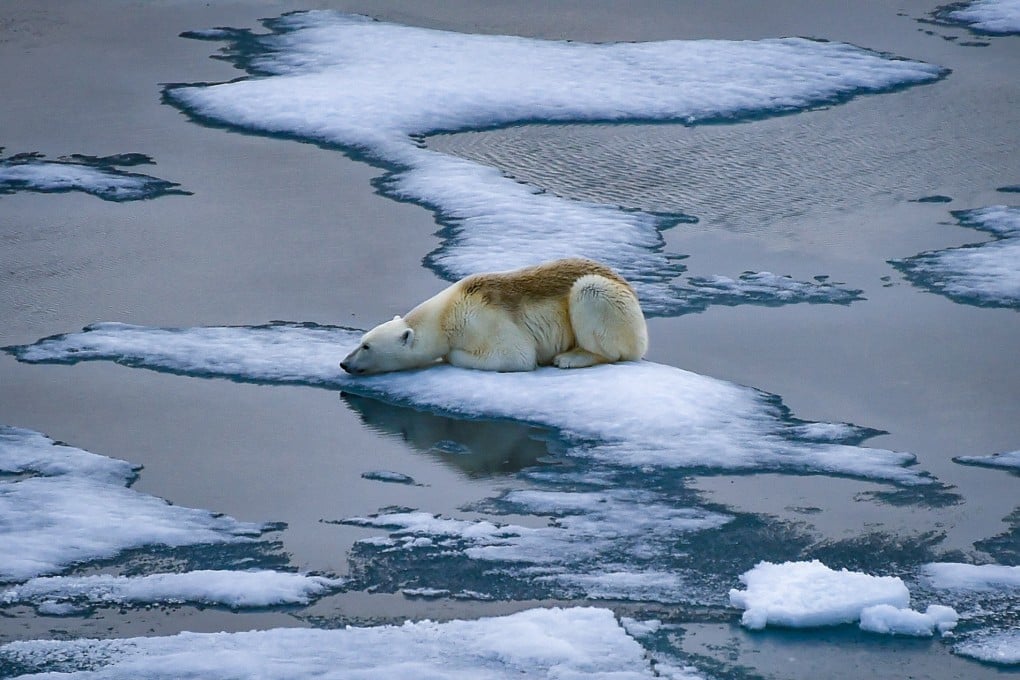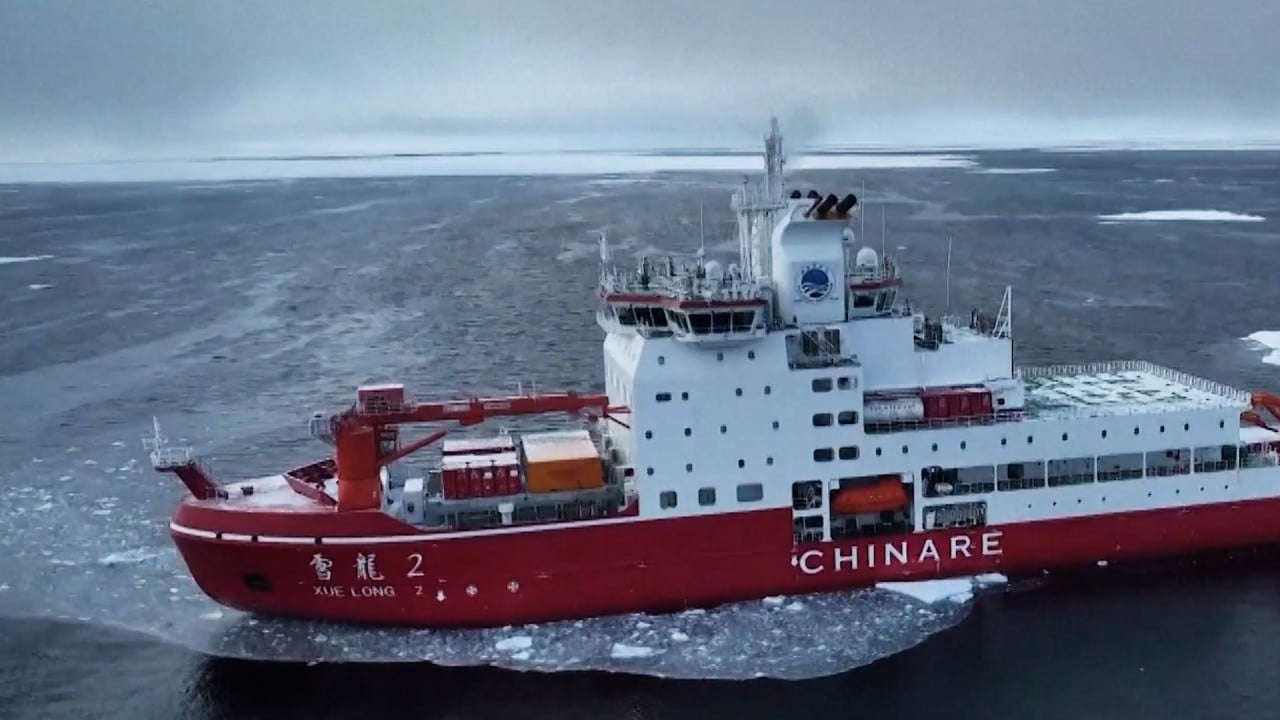Chinese-led study finds uneven melting of polar ice could lead to huge global disruption
- Ice sheets and sea ice are melting faster in Northern Hemisphere than Southern Hemisphere, which could trigger another climate event: paper

“With the accelerated, asynchronous melting of modern bipolar ice sheets, enhanced perturbations within the climate system could be anticipated in the near future,” the researchers affiliated with institutes in China, Germany, Australia, the United States and Britain wrote.
The research, led by geologists and climate scientists at the Chinese Academy of Sciences Institute of Earth Environment, indicates that how the bipolar ice sheets formed – and how they are melting now – could have even wider climatic implications.
The 28 researchers found that asynchronous expansion of the polar ice sheets – which saw growth in the Antarctic triggering rapid growth in the Arctic – was the likely cause of a transitional event that occurred between 700,000 and 1.2 million years ago.
This event, called the Mid-Pleistocene Transition, changed the length of the world’s glacial cycle – or periods between “ice ages” – from around 41,000 to 100,000 years.
By examining historical climate and ice sheet records, the researchers found that 1.25 to 2 million years ago, growth of the Antarctic ice sheet and southern sea ice triggered cooling in the northern high latitudes, and caused more moisture to be transported to the northern hemisphere.
This led to rapid growth of the northern ice sheet, which in turn could have caused the Mid-Pleistocene Transition, changing the length of time the Earth cycles between its warmer and colder eras.

